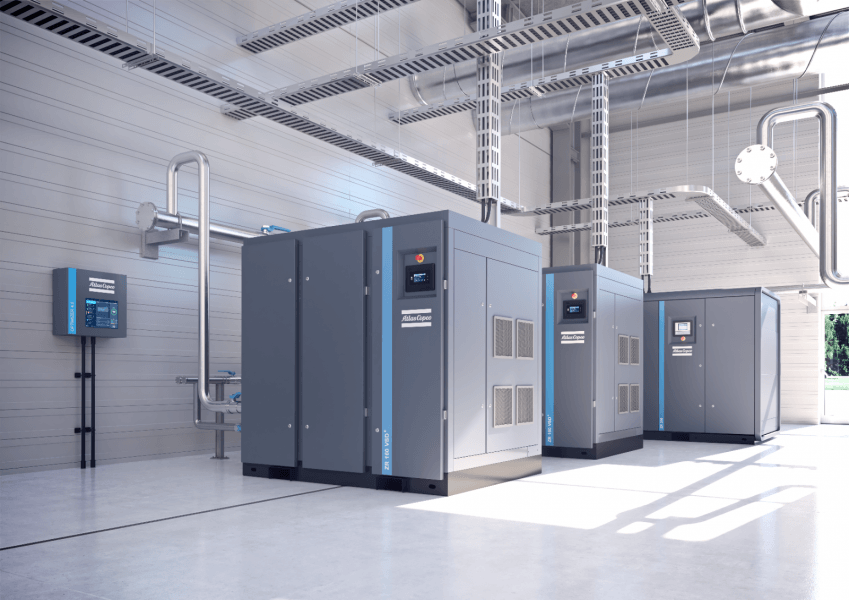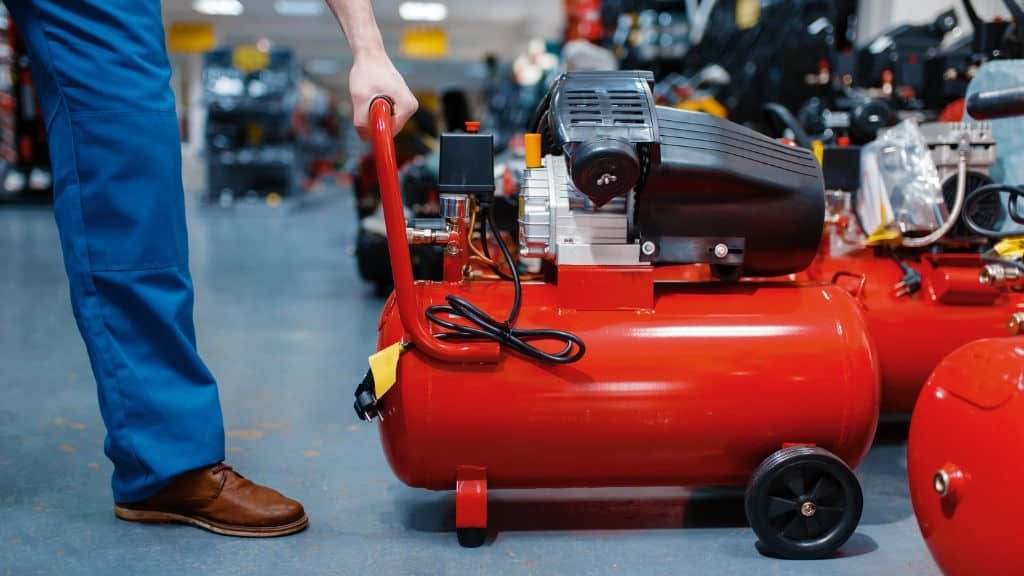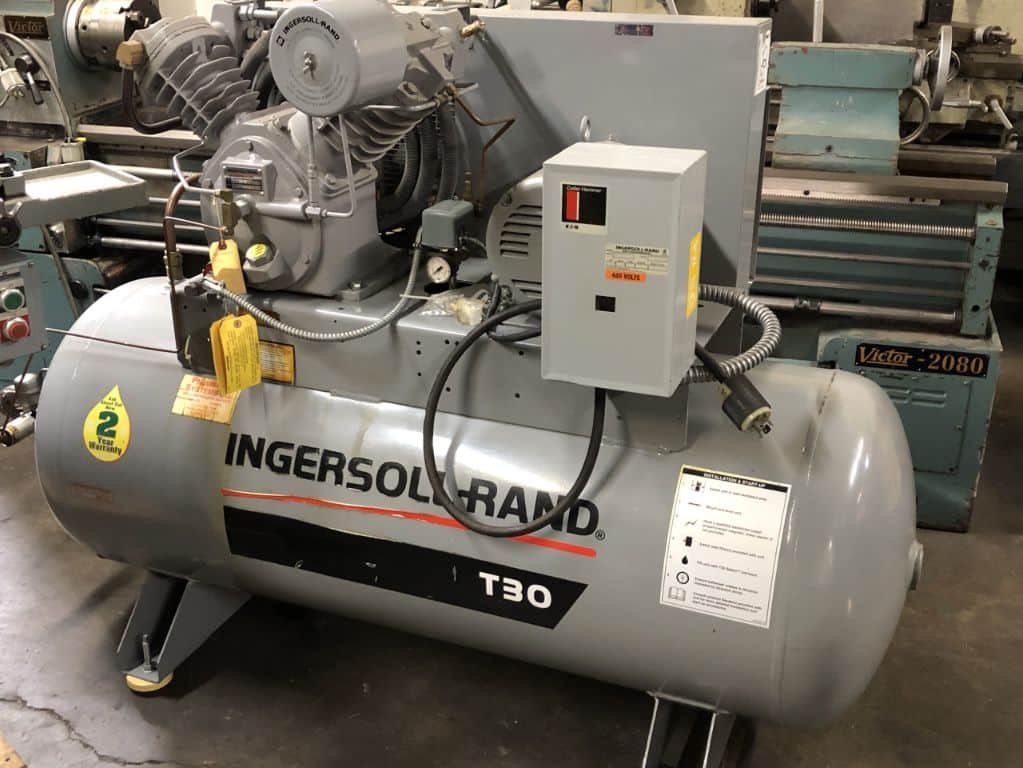Air compressors are essential tools that power many industrial and DIY applications. However, they can be prone to issues that can affect their performance and efficiency. That’s why troubleshooting your air compressor is crucial to ensure it operates smoothly and reliably.
In this article, we’ll delve into the art of air compressor troubleshooting and provide expert tips and tricks for maintaining and repairing your compressor. We’ll cover common issues and troubleshooting techniques to help you keep your compressor in top shape.
Understanding Air Compressor Maintenance
Before we dive into troubleshooting techniques, it’s essential to understand the importance of regular air compressor maintenance. Proper maintenance can help prevent issues from occurring in the first place and extend the lifespan of your compressor.
Some essential maintenance tasks include:
- Regularly checking the oil level and replacing it as necessary.
- Inspecting the air filter and cleaning or replacing it if it’s dirty.
- Checking for leaks and repairing them promptly.
- Draining the tank regularly to remove moisture.
By performing these tasks regularly, you can minimize the chances of your compressor experiencing issues.
Common Air Compressor Issues and Solutions
Even with proper maintenance, air compressors can still encounter issues. Here are some of the most common problems you might encounter and how to fix them:
Low Pressure
Low pressure is a common issue that can be caused by several factors, such as a dirty air filter or a leak in the system. To troubleshoot low pressure, start by checking the air filter and cleaning or replacing it if necessary. Also, inspect the hoses and connections for any leaks and repair them as needed.
Overheating
Overheating is another common issue that can be caused by a variety of factors, such as a dirty radiator or a malfunctioning thermostat. To troubleshoot overheating, start by checking the radiator and cleaning it if it’s dirty. Also, ensure that the thermostat is functioning correctly.
Oil Leaks
Oil leaks can occur due to worn seals or gaskets, loose fittings, or overfilling the oil reservoir. To troubleshoot oil leaks, start by checking the seals and gaskets and replacing them if necessary. Also, ensure that all fittings are tightened correctly and that the oil level is within the recommended range.
Expert Air Compressor Troubleshooting Techniques
In addition to the common issues we’ve discussed, there are several troubleshooting techniques that you can use to diagnose and fix more complex problems. Here are some expert tips and tricks to help you troubleshoot your air compressor:
- Use a multimeter to test electrical components such as the motor, pressure switch, and thermal overload protector.
- Check the pressure relief valve to ensure that it’s working correctly.
- Inspect the compressor pump for wear and tear, such as worn piston rings or damaged valves.
- Use an air compressor troubleshooting guide to help diagnose and fix more complex issues.
Conclusion
By following these expert tips and tricks, you can become proficient in the art of air compressor troubleshooting. Remember to perform regular maintenance tasks and take prompt action when issues arise to keep your compressor running smoothly and reliably. By doing so, you’ll ensure that your air compressor remains a valuable tool for years to come.




